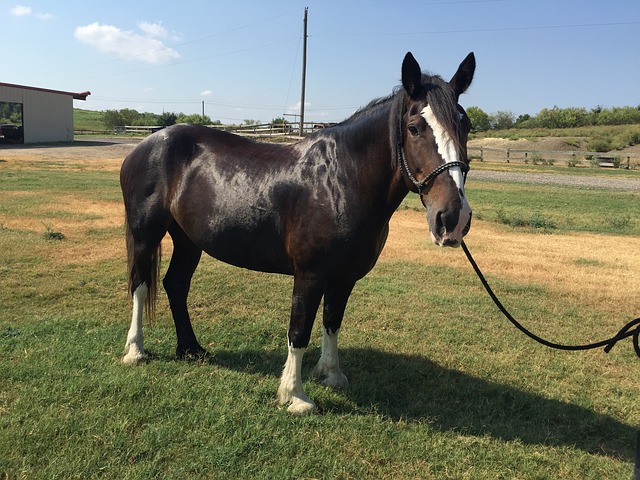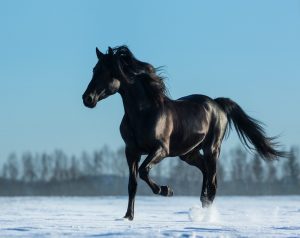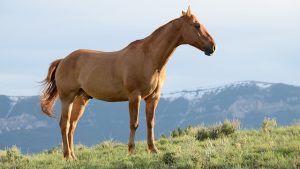Like all classes and breeds of livestock of Scotch origin—including Ayrshire, Aberdeen-Angus, Galloway, and Highland cattle, and Cheviot and Black-faced Highland sheep—the Clydesdale horse breed is distinctive for style, beauty, and action.
Origin and Native Home
This Scotch breed of draft horses derives its name from the valley of the River Clyde, an area popularly known as Clydesdale, located in the County of Lanark, Scotland. The breed is of mixed origin, and the early history is more or less obscure. It is probable that the blood of both Flemish and English horses entered quite largely into the breed during its early formative period.
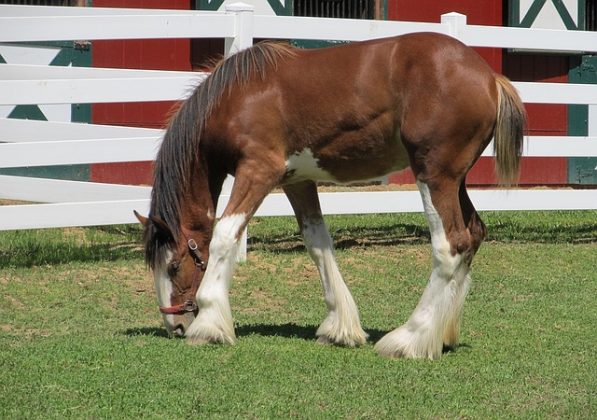
Rather frequent importations of horses of Flemish extraction from England and the low countries were made, thus giving the Scotch Clydesdale and the English Shire and Suffolk similar ancestry. However, the breeders in the respective countries had very different notions as to what constituted a desirable draft animal, and their selections were governed accordingly, the Scotch placing particular emphasis upon style and action.
Clydesdale Horse Characteristics
The Clydesdale is not so heavy as the Shire, Belgian, or Percheron. Average representatives of the breed are also more rangy and lack the width and compactness of the other draft breeds. iMature stallions in average condition weigh from 1,700 to 1,900 pounds and stand from 16 to 17 hands in height.
No other breed of draft horses equals the Clydesdale in style and action. The breed is noted for a prompt walk, with a good snappy stride and a short trot, and the hocks are well flexed and carried close together. Good, clean, flat bone; well-set, fairly long and sloping pasterns; and a moderate amount of fine feather or long hair at the rear of the legs below the knees and hocks are characteristic.
Sometimes, in America, the breed has been criticized for lack of width and depth of body and for having too much feather and too much white. Usually, Americans do not fancy too much white on the face and legs in any breed of horses, and they object to the feather or long hair about the fetlocks because of the difficulty in keeping the legs and feet free from mud and snow.
Bay and brown with white markings are the most characteristic colors, but blacks, grays, chestnuts, and roans are occasionally seen. For show use in a six-horse hitch on the tanbark, a well-matched, carefully trained, and expertly handled hitch of Clydesdales is unexcelled. Their flowing white fetlocks and high action give them a picturesque appearance.
